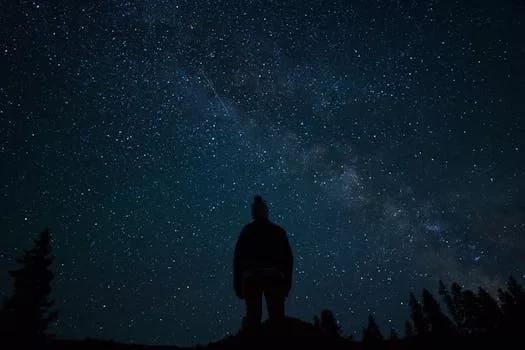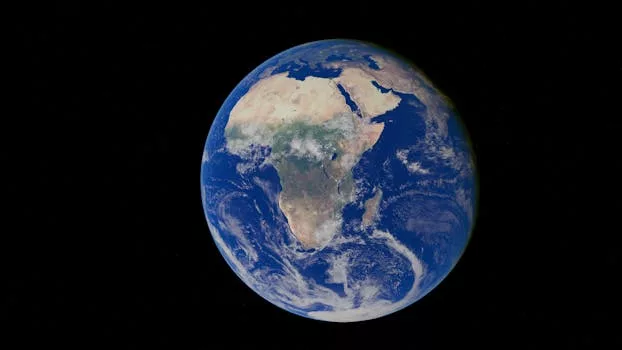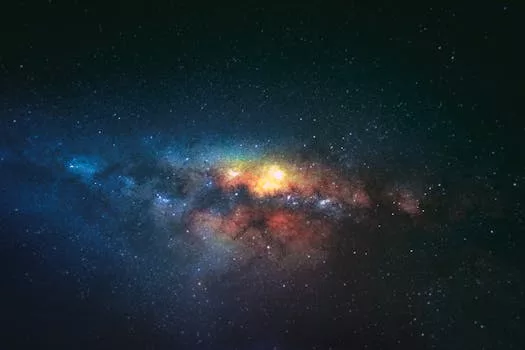
“
From Stardust to Dreams: Imagining Life Beyond the Stars
Introduction
From Stardust to Dreams: Imagining Life Beyond the Stars. The universe has always been a source of fascination for humans. The stars, planets, and galaxies that make up the cosmos have captivated our imagination, inspiring us to explore and understand the mysteries of the universe. As we continue to advance in our knowledge and technology, we are increasingly drawn to the possibility of life beyond Earth. In this article, we will embark on a journey to explore the wonders of the universe and the potential for life beyond our planet.
The Formation of the Universe
The universe is estimated to be around 13.8 billion years old, and its formation is a complex and still somewhat mysterious process. The most widely accepted theory is the Big Bang theory, which suggests that the universe began as a single point and expanded rapidly around 13.8 billion years ago. This expansion continues to this day, with the universe still growing and evolving. The matter that makes up the universe is thought to have been created in the first few minutes after the Big Bang, with the lightest elements, such as hydrogen and helium, forming first.
The Search for Life Beyond Earth
The search for life beyond Earth is an active area of research, with scientists using a variety of methods to search for signs of life. One of the most promising methods is the search for exoplanets, which are planets that orbit stars other than the Sun. Over 4,000 exoplanets have been discovered so far, and many of these planets are believed to be located in the habitable zone of their star, where conditions are suitable for life as we know it. The search for life beyond Earth is not limited to exoplanets, however, with scientists also searching for signs of life on Mars, Europa, and other celestial bodies in our solar system.
Imagining Life Beyond the Stars
As we continue to explore the universe and search for life beyond Earth, we are forced to imagine what life might be like on other planets. This is a challenging task, as we have no evidence of what life might look like on other planets, and our imaginations are limited by our experiences on Earth. However, by studying the conditions on other planets and moons, we can make educated guesses about what life might be like. For example, on a planet with a thick atmosphere, life might be able to thrive in the upper layers of the atmosphere, where the pressure and temperature are suitable for life as we know it. For more on this topic, check out Charting New Realms: The Journey of Imagination Beyond the Stars.
Conclusion
In conclusion, the universe is a vast and wondrous place, full of mysteries waiting to be solved. The search for life beyond Earth is an exciting and active area of research, with scientists using a variety of methods to search for signs of life. As we continue to explore the universe and imagine what life might be like on other planets, we are reminded of the infinite possibilities that exist beyond our planet. Whether or not we find life beyond Earth, the search for it is a reminder of our place in the universe and the wonders that await us.
Takeaways
- The universe is estimated to be around 13.8 billion years old
- The formation of the universe is a complex and still somewhat mysterious process
- The search for life beyond Earth is an active area of research, with scientists using a variety of methods to search for signs of life
- Over 4,000 exoplanets have been discovered so far, and many of these planets are believed to be located in the habitable zone of their star
- Imagining life beyond the stars is a challenging task, but by studying the conditions on other planets and moons, we can make educated guesses about what life might be like







